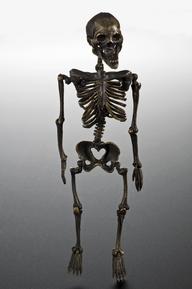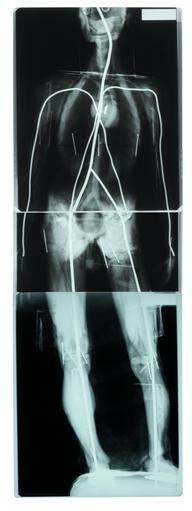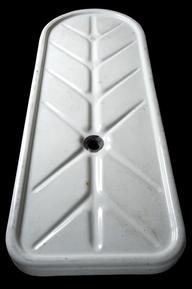




Post mortem set, cased, by Weiss, English
The set contains a large steel hammer, a brain knife, a spine chisel, saws and scalpels – instruments used to carry out a post-mortem. Post-mortems only came into practice in the early 1800s. They were used to determine whether the physician’s diagnosis when the patient was alive had been correct. They also helped physicians to learn more about the internal symptoms and signs of disease. The set was made by John Weiss, a surgical instrument maker who founded his company in 1747.
Details
- Category:
- Anatomy & Pathology
- Collection:
- Sir Henry Wellcome's Museum Collection
- Object Number:
- A647317
- Materials:
- case, wood and case, brass
- Measurements:
-
closed case: 46 mm x 260 mm x 125 mm, 1.52 kg
fully open case: 46 mm x 260 mm x 248 mm,
- type:
- post-mortem set





